AI advancements continue to drive growth across industries with an expected annual growth rate of 37.3% over the next decade alongside a projected $800 billion dollar spend by 2027 from global enterprises. The implications of this boom have resulted in a dramatic pivot from organizations. Technical teams now need to shift how they build, run, scale, and secure their AI applications and the underlying networks, and infrastructure.
Solo’s Gloo AI Gateway helps enterprises address and navigate the demand for AI innovation by building additional functionality on top of the foundations of our popular API Gateway solution, Gloo Gateway – Solo.io’s cloud-native API gateway solution and ingress controller built on Envoy. Gloo Gateway is designed to help users control, and operate application traffic anywhere and bring speed, security, and scalability to modern applications.
What is an AI Gateway?
The rise of generative AI has introduced new threats while driving demand for solutions that manage AI services and help technical teams control, secure, and operate AI models and APIs at scale. AI Gateways, function similarly to traditional API gateways. They serve as a unified endpoint for connecting AI infrastructure and services, providing comprehensive control, security, and observability of AI traffic between applications and models.
AI Gateways have different roles for various teams.
- For development teams, they accelerate application builds by reducing friction, boilerplate code, and errors when consuming LLM APIs across providers.
- For security and governance teams, AI Gateways protect applications by restricting access, ensuring safe AI model usage with controls, audits, and visibility.
- For infrastructure teams, they help scale AI applications by enabling advanced integration patterns and leveraging cloud-native capabilities for high-volume, zero-downtime connectivity.
How does an AI Gateway work?
An AI Gateway like Gloo AI Gateway can be configured as an additional endpoint for an existing gateway proxy or as a dedicated gateway-proxy endpoint within your AI infrastructure, depending on your organization’s needs. Developers can interact with the endpoints exposed by the AI Gateway, while internal platform, gateway, and security teams can manage policies using modern principles and declarative configuration.
For organizations integrating AI models like LLMs into their applications, AI Gateways play a vital role. Unlike traditional API Gateways, which focus on standard tasks like authentication, access, traffic management, and logging, AI Gateways offer specialized management and control features tailored to the challenges of implementing AI models and services.
An AI Gateway should:
- Integrate with multiple AI model providers
- Provide a unified endpoint for AI services and models
- Support the configuration and deployment of AI applications
- Ensure security and access management
- Deliver observability across AI workloads

Download our Introduction and Best Practices Guide on AI Gateways to learn more on how to implement an AI gateway to help manage your AI workloads and LLM APIs.
Future Outlook of AI Gateways
The demand for AI workloads is evolving as customers and teams integrate more AI models and services into their applications. AI Gateways must continually adapt to address the changing challenges of AI applications and models.
Teams looking to scale their AI applications should select an AI Gateway providers that invest in solving emerging challenges such as:
- Model Failovers: With the increasing use of multiple AI models, it’s essential to have an AI Gateway that can seamlessly switch between different systems and model providers, ensuring reliability and resilience across applications.
- Semantic Caching: By implementing semantic caching, similar prompts can be handled efficiently, reducing requests to LLM APIs, improving response times, and lowering operational costs.
- Retrieval Augmented Generation (RAG): An AI Gateway should retrieve data from specific datastores to enhance prompts before sending them to models, improving the quality and relevance of AI outputs.
For teams integrating AI models into their applications, an AI Gateway is essential for enforcing control, security, and observability over Generative AI APIs. Solutions like Gloo AI Gateway address the unique challenges of AI APIs and provide a unified, simple endpoint to navigate the complexities of AI model integration to help organizations scale their Generative AI application development.
Get in touch with our team to see how Gloo AI Gateway can help drive AI innovation in your organization or learn more about AI and LLM API management in our technical lab series.

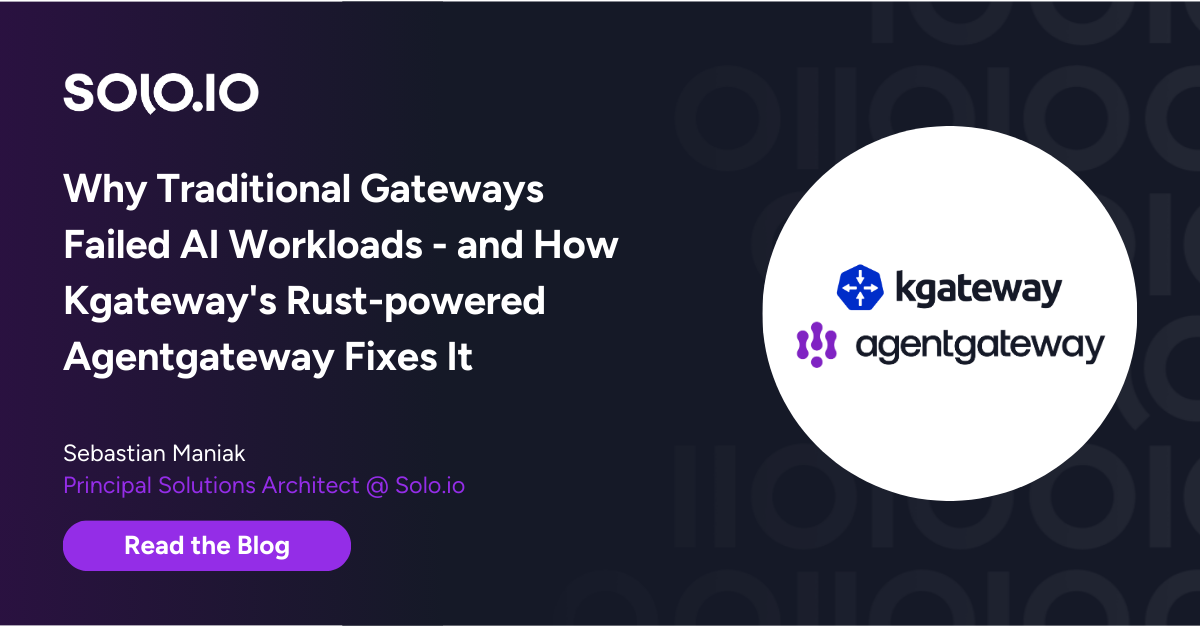







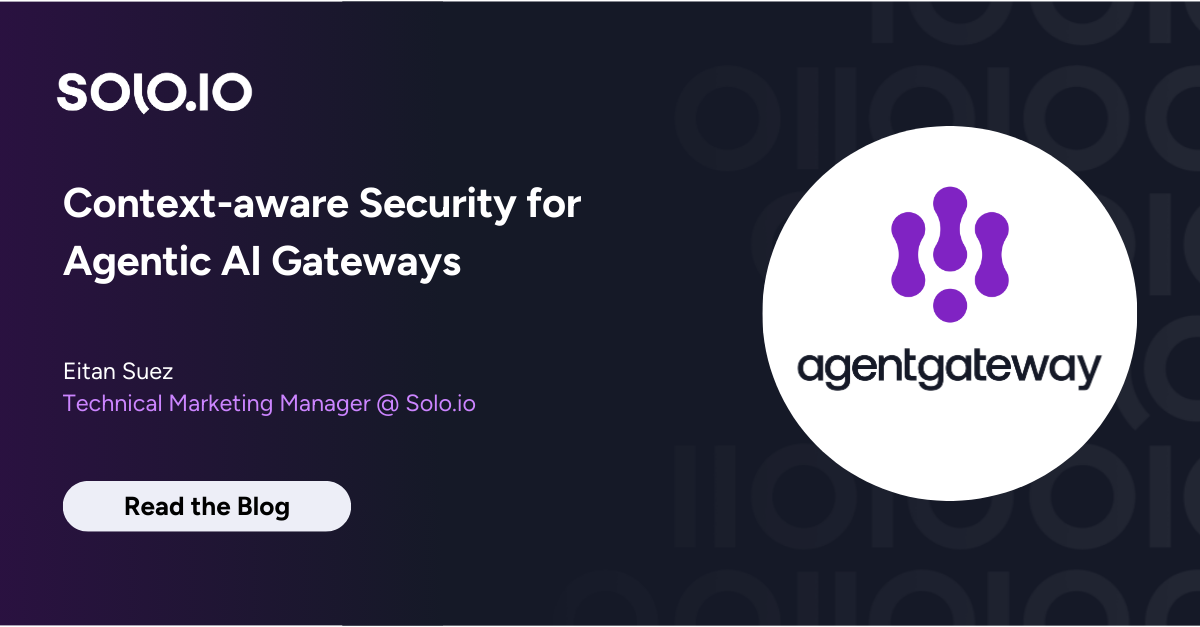
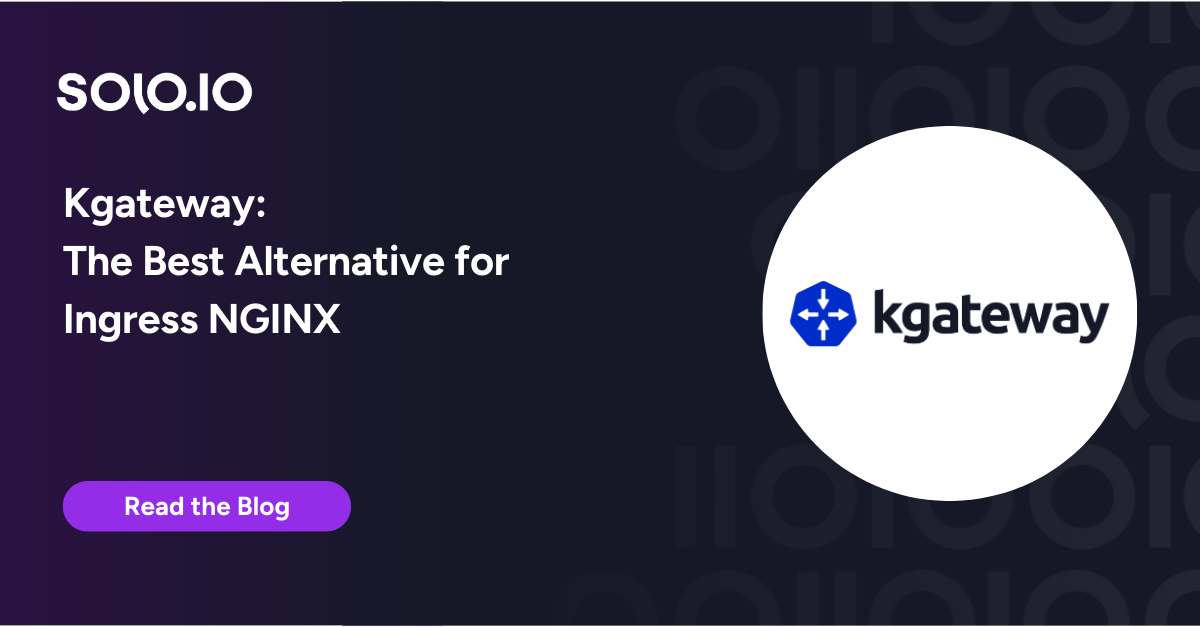




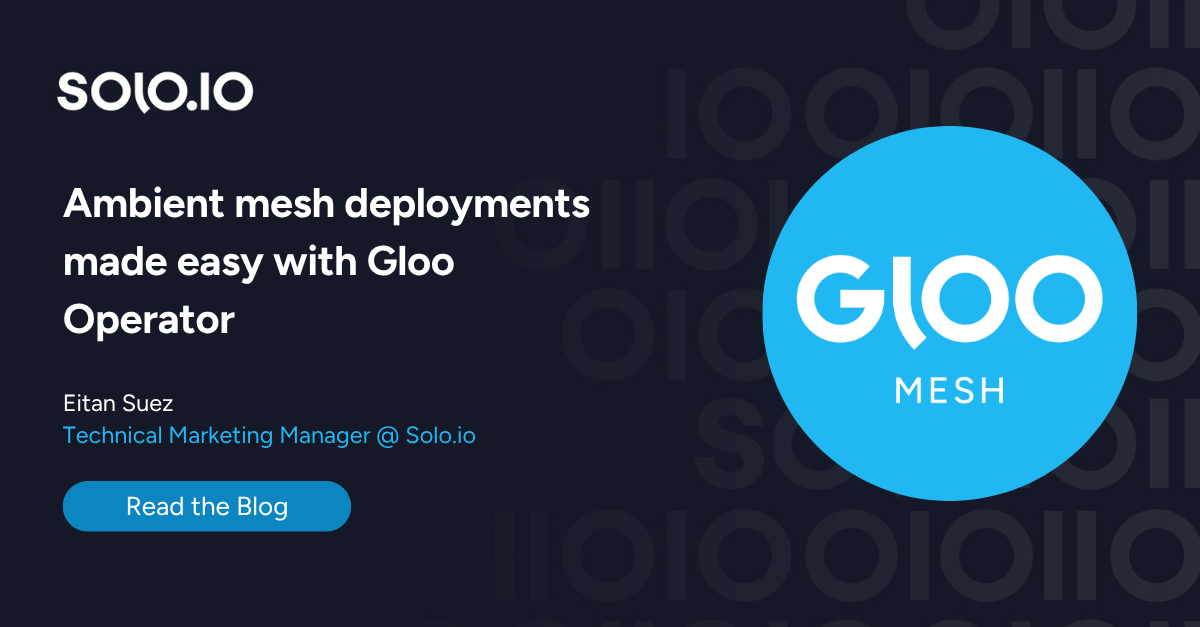
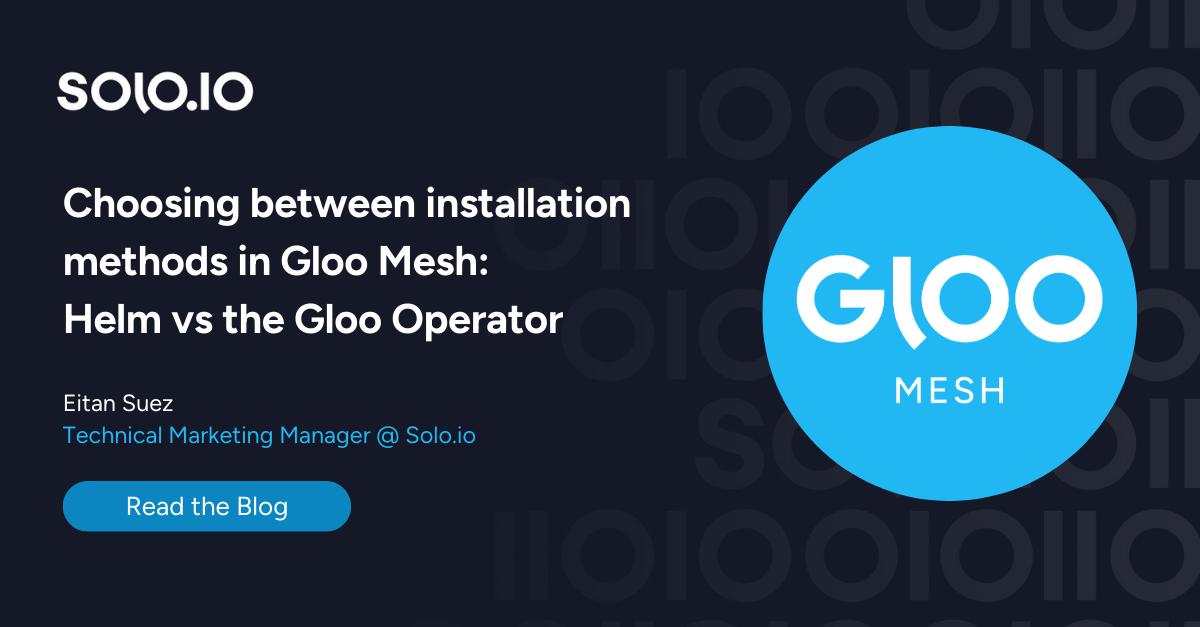


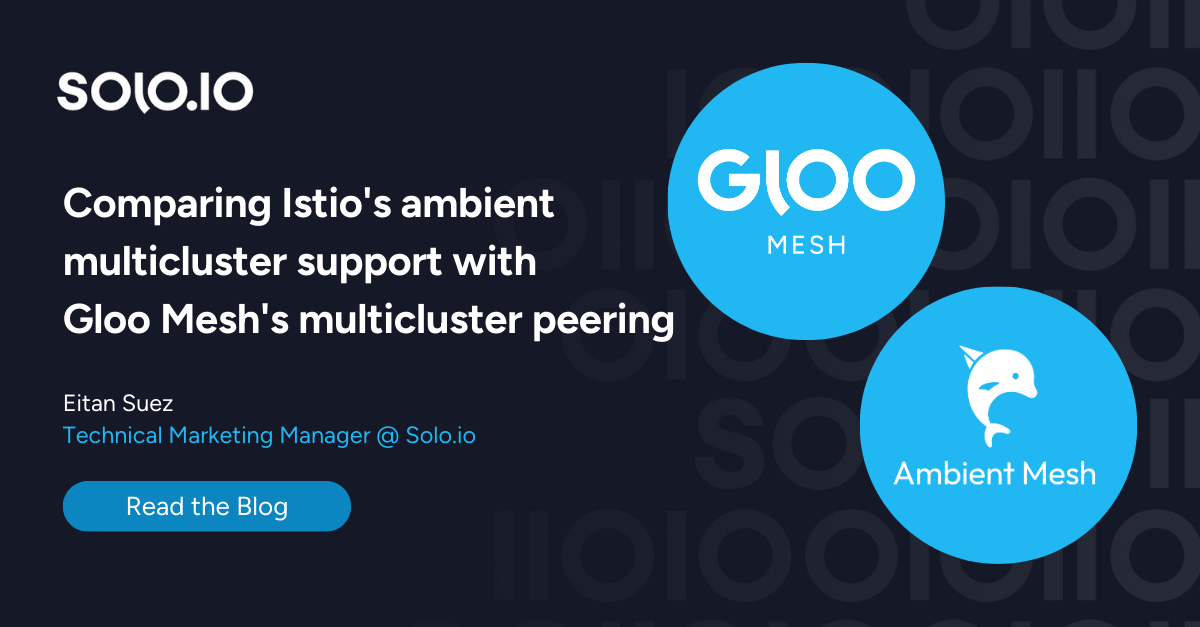


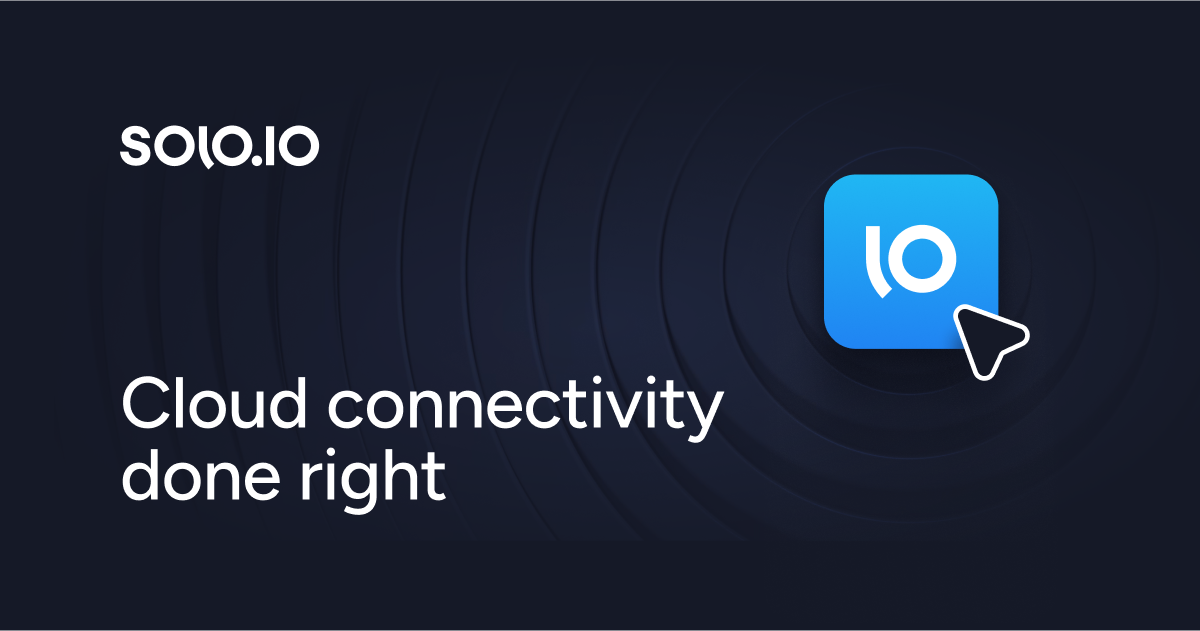


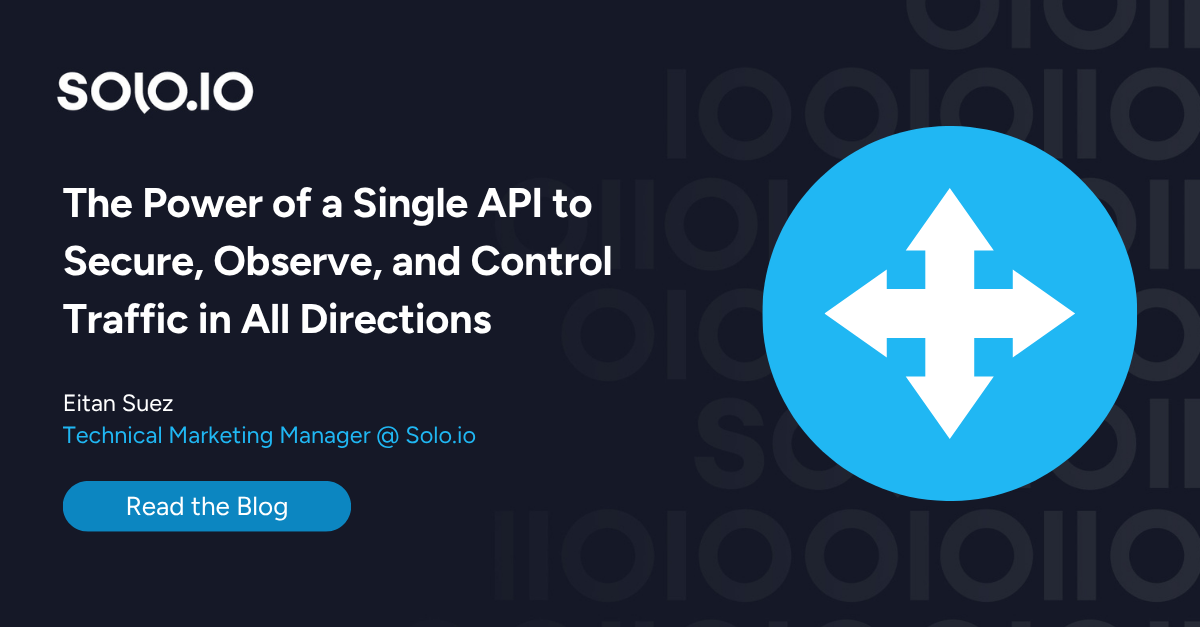
%20a%20Bad%20Idea.png)











%20For%20More%20Dependable%20Humans.png)











